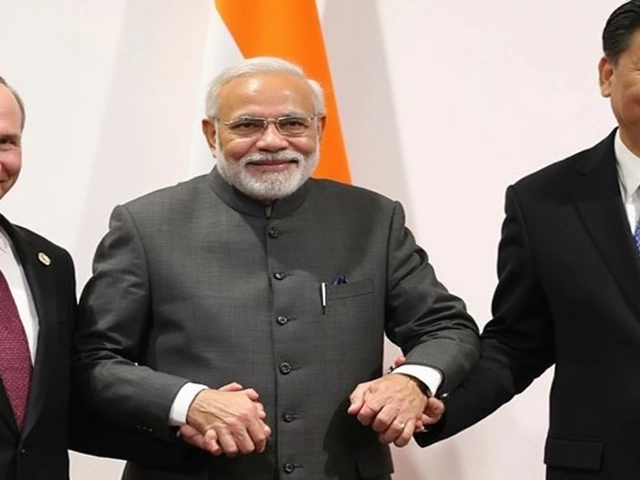Global Trade Tensions – Latest Updates and What They Mean for You
Trade fights are back in the headlines, and they’re not just for economists. From the U.S. slapping a 50% tariff on Indian goods to a federal court tossing most of Trump’s tariffs, the ripple effects touch everything from the price of your shoes to the health of stock markets.
Why does this matter to you? Because when governments raise duties or block imports, manufacturers raise prices, investors react, and supply chains scramble. In short, the news you see about a trade row can end up in your wallet.
Key Trade Disputes Making Headlines
The biggest story right now is the U.S. announcing a 50% tariff on Indian imports. The move is tied to India’s purchases of Russian oil and has sparked a fresh trade row. Analysts say the tariff will hit Indian textiles, footwear and electronics the hardest, and American shoppers may see higher prices on those items.
At the same time, a federal appeals court has ruled 7‑4 that most of the tariffs imposed by former President Donald Trump under the IEEPA are unlawful. The decision leaves steel and aluminum duties intact but wipes out many other measures that hit Indian exporters with a 50% levy. The court’s ruling is likely to head to the Supreme Court, so the fight isn’t over yet.
These two developments are linked: the U.S. tariff on Indian goods adds pressure on both sides, while the court’s decision could force Washington to rethink its broader trade strategy. Investors have already reacted – the Sensex and Nifty jumped after India’s retail inflation fell, but the tariff news keeps the market on edge.
How These Tensions Affect Everyday Life
If you’re buying a pair of sandals made in India, expect the price tag to creep up. Companies that rely on cheap Indian components may pass costs to consumers or look for alternative sources, which can cause delays and higher prices across the board.
For businesses, the uncertainty means re‑evaluating supply chains. Many firms are now exploring factories in Southeast Asia or looking at reshoring some production to avoid tariff shocks. That shift can create new job opportunities in some regions while hurting others that depend on Indian imports.
On the investment side, trade news moves markets quickly. The recent surge in Indian stock indexes came after a drop in retail inflation, but analysts warn that any escalation in the tariff battle could reverse those gains. Keeping an eye on trade policy helps investors decide whether to stay in a sector or move to safer assets.
Finally, trade tension can influence foreign policy and diplomatic talks. The U.S. and India have a long‑standing partnership, and a 50% tariff threatens to strain that relationship. Both sides are likely to negotiate behind the scenes, looking for a compromise that avoids a full‑blown trade war.
Bottom line: global trade tensions are more than headlines. They affect prices you pay, jobs in your community, and the value of your investments. Stay informed, watch the policy moves, and be ready to adjust your spending or investment plans as the story develops.
Indian Stock Market Tumbles: Trade Tensions and Economic Jitters Shake Investor Confidence
April 2025 witnessed a dramatic plunge in India's stock market due to escalating trade tensions between the U.S. and China. The BSE Sensex and NSE Nifty both took significant hits, chopping down investor wealth by ₹20.16 lakh crore. Key sectors like IT and automobiles faced sharp declines. While technical indicators signal potential further losses, market stability measures show promise amid ongoing volatility.





